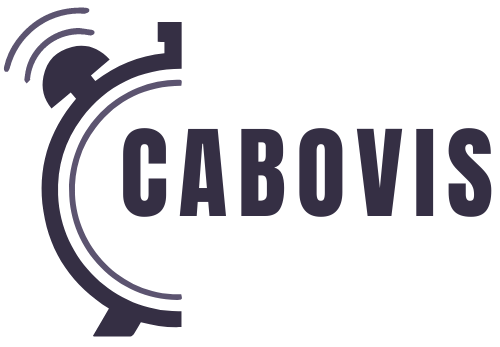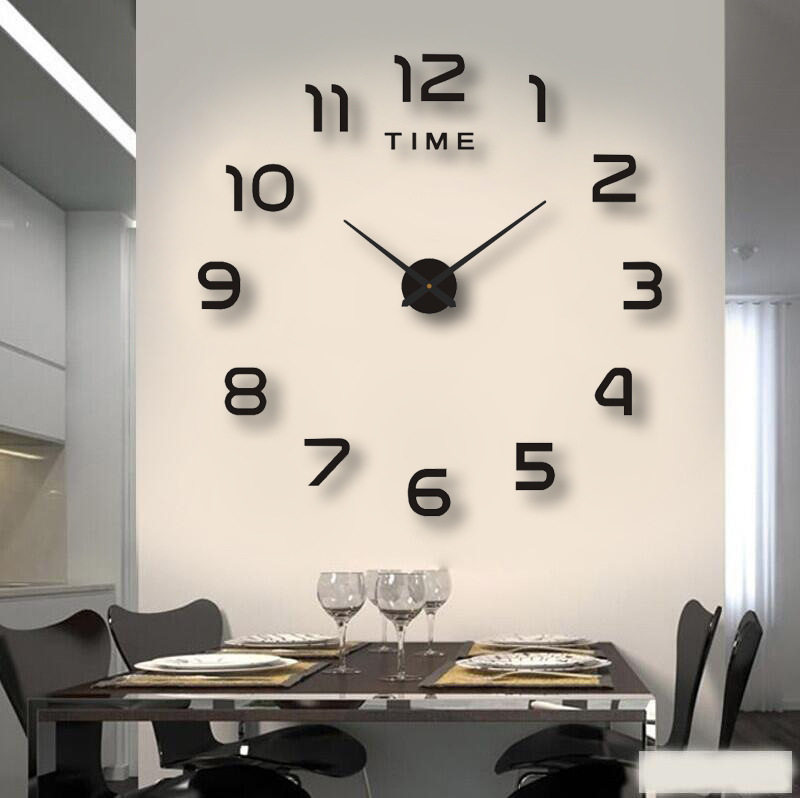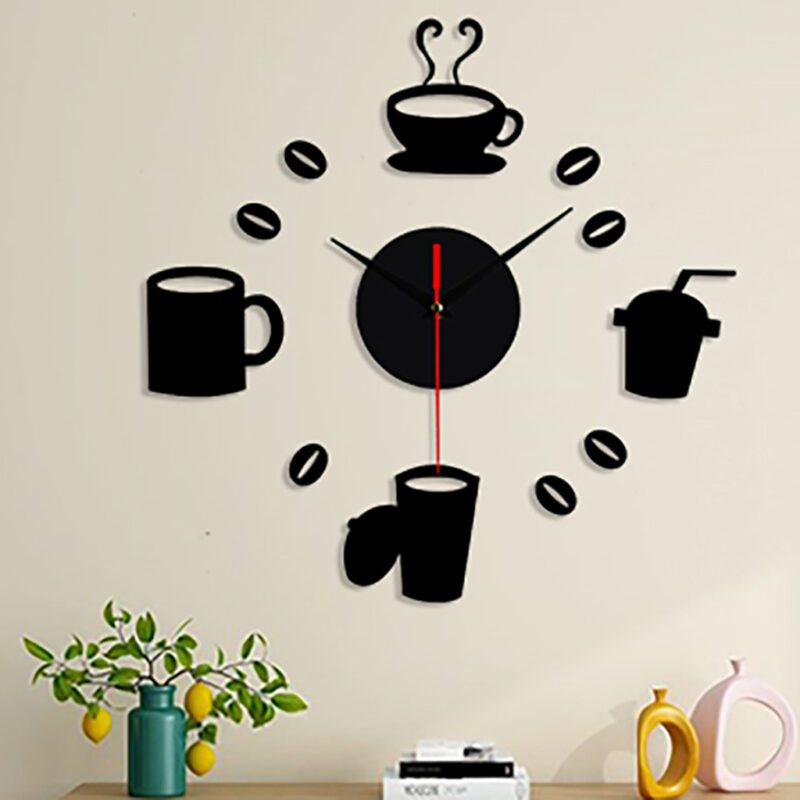Clocks
From Sundials to Smartwatches
The Timeless Appeal of Clocks: From Sundials to Smartwatches
Clocks have been an integral part of human history, evolving through the ages not only as tools for measuring time but also as objects of art and innovation. This comprehensive exploration delves into the fascinating journey of clocks, highlighting their historical significance, the variety of types available, and their continued relevance in a digital age. Whether you’re a collector, an enthusiast, or simply curious, this article will enhance your appreciation for these incredible timepieces.
The Historical Evolution of Clocks
1. Ancient Beginnings: The journey of timekeeping begins with ancient civilizations using rudimentary sundials and water clocks. These devices were crucial for planning agricultural activities and religious ceremonies, setting the foundations for more complex timekeeping mechanisms.
2. Mechanical Marvels: The invention of the mechanical clock in the 14th century revolutionized timekeeping. Driven by gears and escapements, these clocks introduced the concept of measuring time in equal segments, bringing a new precision to timekeeping that influenced navigation, science, and daily life.
3. The Age of Exploration and Innovation: During the Renaissance, clockmaking flourished with innovations such as the pendulum clock, which dramatically improved accuracy. The subsequent centuries saw the miniaturization of clocks, culminating in the creation of the pocket watch and eventually the wristwatch in the 20th century.
Understanding Different Types of Clocks
4. Grandfather Clocks: With their tall, freestanding frames and swinging pendulums, grandfather clocks are as much a piece of furniture as a timekeeping device. They are prized for their intricate craftsmanship and chimes.
5. Mantel Clocks: Smaller than grandfather clocks, mantel clocks are designed to sit on a shelf or mantel and often feature elaborate decorations and a striking mechanism.
6. Wall Clocks: Functional and decorative, wall clocks are available in a myriad of styles, from traditional to modern. They not only serve the practical purpose of telling time but also act as wall decor.
7. Digital Clocks: Introduced in the latter half of the 20th century, digital clocks display time in a numerical format using LCD or LED. Unlike analog clocks, digital clocks are precise to the second and often include additional features like alarms, temperature, and even internet connectivity.
8. Atomic Clocks: Known for their incredible accuracy, atomic clocks do not measure time through mechanical or digital means but by the oscillation of cesium atoms. They are used to standardize time across the world.
The Art and Craftsmanship of Clockmaking
9. The Craftsmanship Behind Mechanical Clocks: Clockmaking is an art that requires precision engineering and aesthetic sensibility. The best clocks are not merely timekeepers but works of art, incorporating materials like wood, metal, and glass in their design.
10. Collectible Clocks: For collectors, certain clocks are more than just timekeepers; they are treasures. Vintage clocks, limited edition pieces, and handcrafted clocks are highly sought after for their historical value and craftsmanship.
Clocks in the Digital Era
11. Smartwatches and Beyond: In today’s digital age, the function of clocks extends beyond telling time. Smartwatches integrate health tracking, mobile notifications, and even GPS navigation, reflecting the evolving relationship between humans and technology.
12. The Enduring Appeal of Analog Clocks: Despite the prevalence of digital devices, analog clocks remain popular for their aesthetic value and nostalgic appeal. They offer a tactile sense of time passing that digital screens cannot replicate.
Decorating with Clocks
13. Enhancing Home Decor: Clocks can serve as focal points in interior design. A well-chosen clock can complement your decor style, whether it’s a large wall clock in a living room or a small desk clock in an office.
14. Choosing the Right Clock for Your Space: When selecting a clock for decoration, consider its size, style, and color. Think about how it will fit with your current decor and what statement you want it to make.
Conclusion
Clocks are a testament to human ingenuity and a reflection of cultural values throughout history. From ancient times to the modern era, they have evolved in form and function but continue to be an essential part of human life. Whether you’re interested in their mechanics, their history, or simply their beauty, clocks offer a fascinating window into the passage of time.



